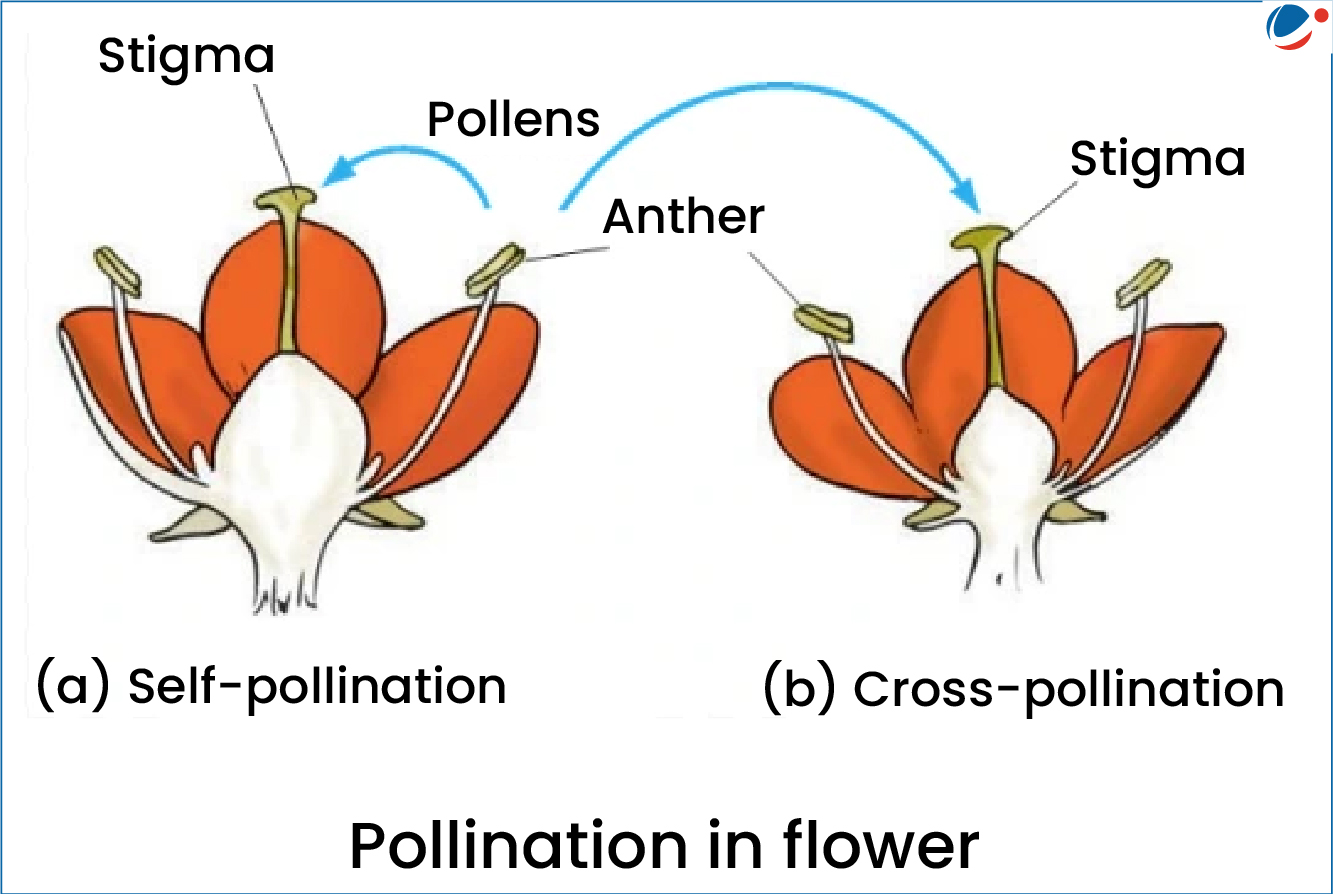A recent study published in Nature Communications reveals that air pollution disproportionately harms pollinators like bees and butterflies while crop-destroying pests remain largely unaffected.
Key Findings
- Scent-based communication disruption: Air pollutants alter scent trail (airborne chemical signals), disrupting bees' and wasps' ability to locate flowers, mates, or prey.
- Biological impact: Among the biological behaviours including feeding, growth, survival, and reproduction, the ability to locate food was most severely impaired.
- Ozone is most harmful pollutant: Ozone reduced beneficial insects' ability to thrive by around 34%. Nitrogen oxides also had substantial negative effects.
- Damage at low pollution levels: Changes in insect performance occur even at low levels of air pollution.
About Pollination and pollinators
- Pollination, an essential part of plant reproduction, refers to transferring pollen grains from the male anther of a flower to the female stigma. It is of two types:
- Self-pollination: Transfer of pollen grains within same flower or another flower of the same plant.
- Cross-pollination: Transfer of pollen grains to flower of a different plant of the same kind.
- Pollinators refer to agents (or facilitators) of pollination. It could be:
- Abiotic: Wind and water
- Biotic: Insects (bees, wasps, beetles, etc.), birds, and bats among others.





